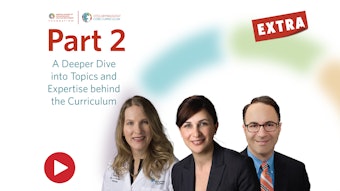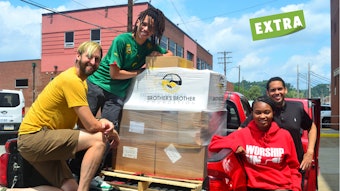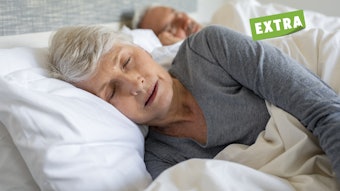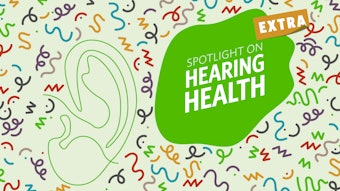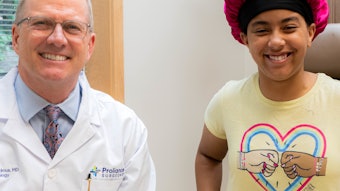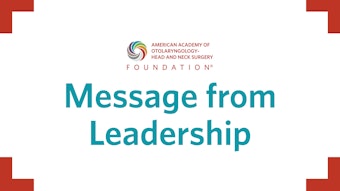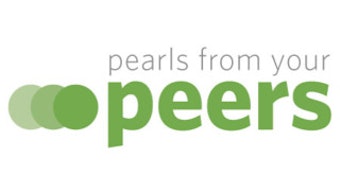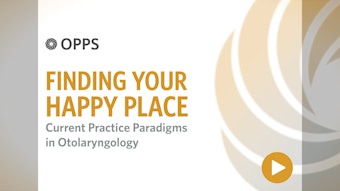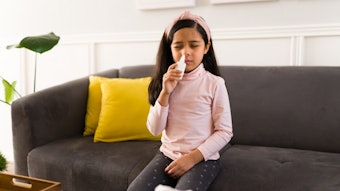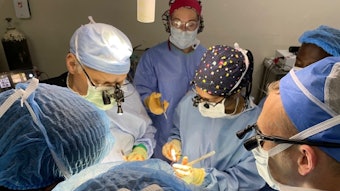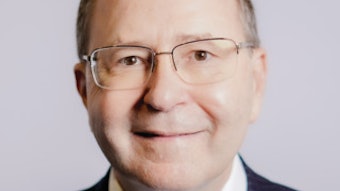Optimizing Audiology and Hearing Aid Ancillaries
Insights from the recent OTO FORUM panel on how to build and support your hearing healthcare team to optimize patient outcomes.
At the OTO FORUM held in Old Town Alexandria, Virginia, a distinguished panel convened to discuss “Optimizing Audiology and Hearing Aid Ancillaries” and to shed light on the pivotal role of the hearing healthcare team (HHT) in delivering comprehensive care to patients and creating or expanding on successful audiology and hearing aid ancillary services.
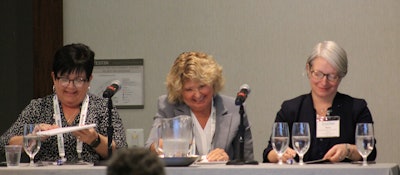 The three session panelists: (from left to right) Camille White, COPM, Mary T. Mitskavich, MD, and Rose DuLude, PhD.
The three session panelists: (from left to right) Camille White, COPM, Mary T. Mitskavich, MD, and Rose DuLude, PhD.
Moderated by Jeffrey S. Weingarten, MD, Course Director of the AAO-HNS/F Certificate Program for Otolaryngology Personnel (CPOP) and President of Ear, Nose and Throat Consultants, the panel brought together seasoned experts from across the field to discuss strategies for maximizing both patient outcomes and revenue. Joining Dr. Weingarten on the panel were esteemed experts Rose DuLude, PhD, Director of Audiology at FUEL Medical, Mary T. Mitskavich, MD, Managing Partner at Coastal ENT, and Camille White, COPM, Practice Administrator at the ENT Center of Central Georgia.
Hearing Aid Ancillary Services Are Highly Underutilized
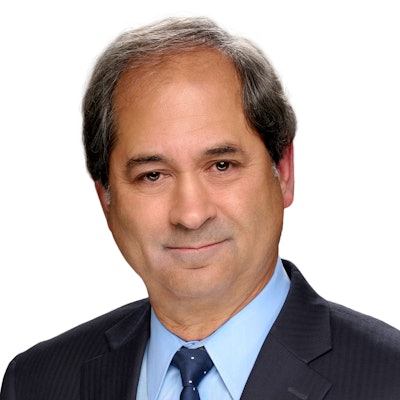 Moderator Jeffrey S. Weingarten, MD
Moderator Jeffrey S. Weingarten, MD
Dr. Weingarten set the stage for the session, emphasizing the underutilization of hearing aid ancillary services (representing only about 24% of ancillary income for private single-specialty group otolaryngologists, according to a recent survey), despite the high and growing prevalence of hearing disorders. In the United States, 48 million people suffered from some degree of hearing loss as of 2017,2 but the use of hearing aids (HA) remains significantly lower than the prevalence of this medical disorder.3
Hearing loss is currently the third most common physical condition in the U.S.,2 while age-related hearing loss is the most common sensory disorder in the older population.4 Adding or expanding hearing healthcare services can provide a sustainable channel of revenue growth for many practices.
Who Is Testing Your Patients’ Hearing?
Hearing healthcare services begin with testing, but which patients do you test and what is your testing process? The AAO-HNSF’s recently published Clinical Practice Guideline on Age-Related Hearing Loss recommends regularly testing all patients aged 50 and up. Optimizing and streamlining the audiogram acquisition process can not only increase the volume of tests a practice can perform with a given number of staff, but also ensure that the cost of testing remains manageable. A key element in optimizing audiogram acquisitions is ensuring that the right healthcare professional is involved at each step. This is where the concept of building a comprehensive HHT comes into play. Depending on the size and scope of the practice, an HHT can include one or more physicians, audiologists, practice administrators, receptionists, Ototechs (CPOPs), audiology techs (Audtechs), and, often, vendors.
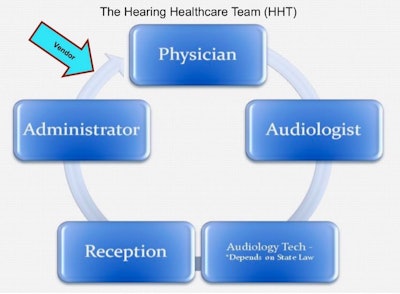
As the discussion unfolded, the panelists offered insights into the invaluable opportunities from training or adding certified physicians’ office personnel (CPOPs) to enhance patient care and practice efficiency.
What Is a CPOP?
CPOPs (also called “Ototechs”) are individuals who have completed a precourse experience, a robust on-site course and in-office training program (including 60 complete, supervised audiograms); after which, the Academy grants the qualifying individual with a certificate of completion. The CPOP is then able to perform comprehensive audiograms and tympanograms according to their abilities (unless prohibited by state law). CPOPs can also assist audiologists with a range of routine tasks from clerical work to hearing aid repairs to “clean and checks.”
Leveraging CPOPs to Free Up Audiologists’ Time
The panelists highlighted the benefits of leveraging CPOPs to handle patient care, allowing audiologists to focus on the more complex cases. CPOPs can set up hearing aids, answer phone calls directly (in many cases), and clean hearing aids. See the bottom of this article for a complete list of tasks that can be handled by Audtechs and CPOPs. By strategically allocating responsibilities within the HHT in this way, practices can optimize efficiency, provide quality care for more patients, dispense more hearing aids, and enhance patient outcomes. According to the panelists, audiologists may object to adding CPOPs to take on some of their responsibilities at first, but soon appreciate having the time and opportunity to “work at the top of their license” by focusing on the more challenging cases and on rehabilitating their patients.
Optimizing Physician-Audiologist Relationships
Optimizing the HHT requires full respect and care coordination between the physician and the audiologist. The panelists offered several actions and approaches to ensure that the knowledge and skills of both the physician and audiologist are utilized in complementary—not conflicting—ways. First, physicians must remember that audiologists are the experts when it comes to the “fourth pillar” of hearing healthcare: rehabilitation. (Although physicians are great at the other three: observation, medication, and surgery.) Listening to and supporting audiologists’ recommendations will ultimately help improve patient outcomes and strengthen the HHT. Further, physicians can support audiologists in their interactions with other staff and when scheduling issues arise.
Strategic Outsourcing and More
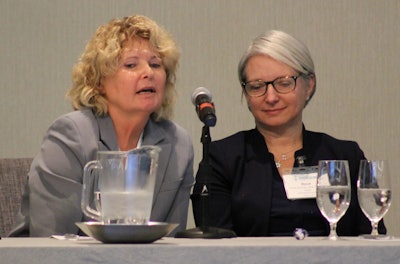 Panelists Mary T. Mitskavich, MD (left) and Rose DuLude, PhD.
Panelists Mary T. Mitskavich, MD (left) and Rose DuLude, PhD.
In addition to initial audiology testing and follow-up, each touchpoint of hearing healthcare can offer opportunities for streamlining. The panelists provided concrete examples of how they have been able optimize the hearing aid evaluation process, navigate the use of third-party administrators, and use in-house and out-of-house strategies for acquiring and retaining patients.
As the session concluded, one message rang clear: The key to success lies in the strength of the HHT. By embracing collaboration, innovation, and strategic planning in building a strong HHT, practices can unlock new possibilities for patient care and practice growth.
Interested in Learning More?
For those who missed the session or seek further guidance on optimizing audiology and hearing aid ancillaries, the panel extends an invitation to reach out through ENT Connect. Interested practices can also contact Steve Piotrowski, Administrative Director, CPOP Course, at spiotrowski@ENTforYou.com or visit https://www.entnet.org/event/cpop-2024/ to learn more about enrolling their staff members in CPOP training. The next course is scheduled for November 8 - 10, 2024.
